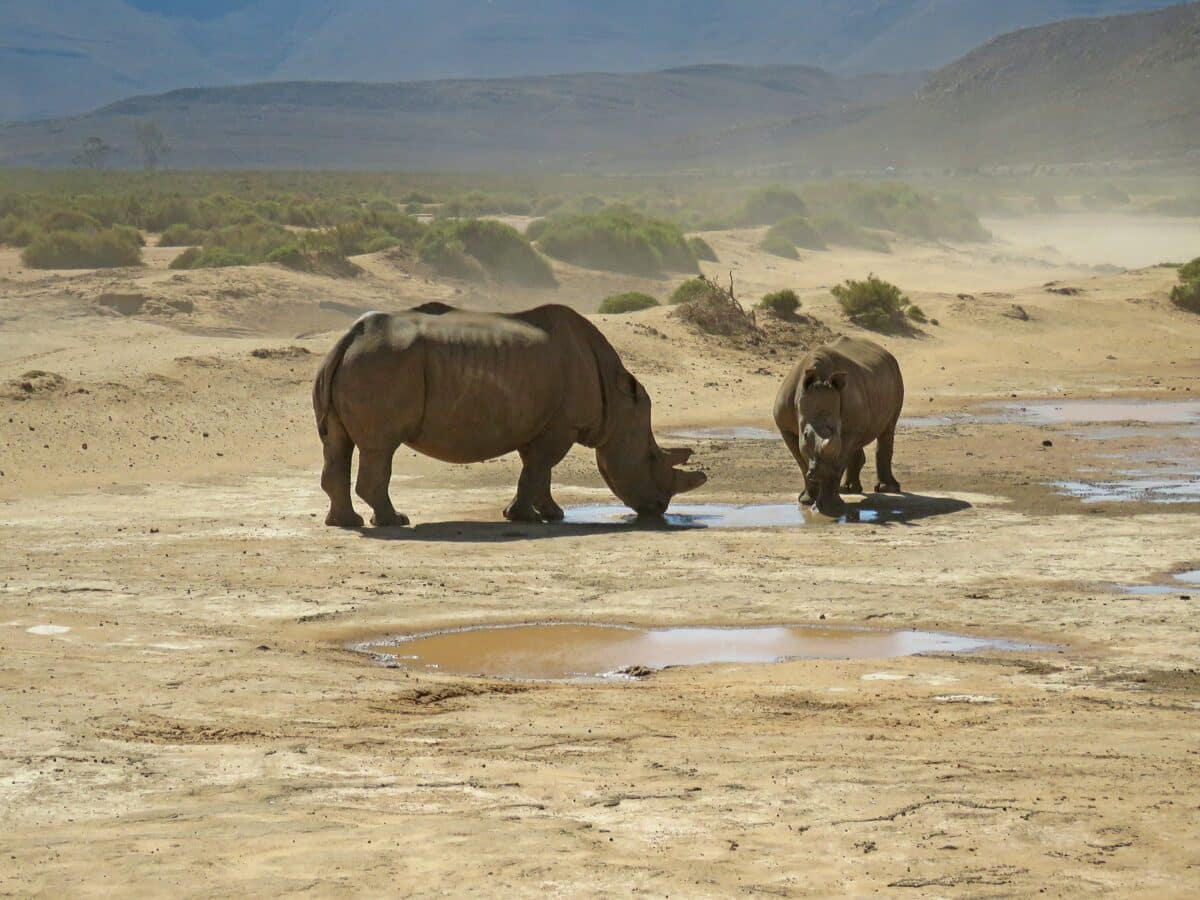For many years, rhinos have been the main target of a black-market industry that thrives on ivory. Simply put, they have suffered more from poaching than almost any other animal in the last century. During the early 1900s, 500,000 roamed freely across Africa and Asia’s rich and rugged terrains. Today, there are only 27,000 left.
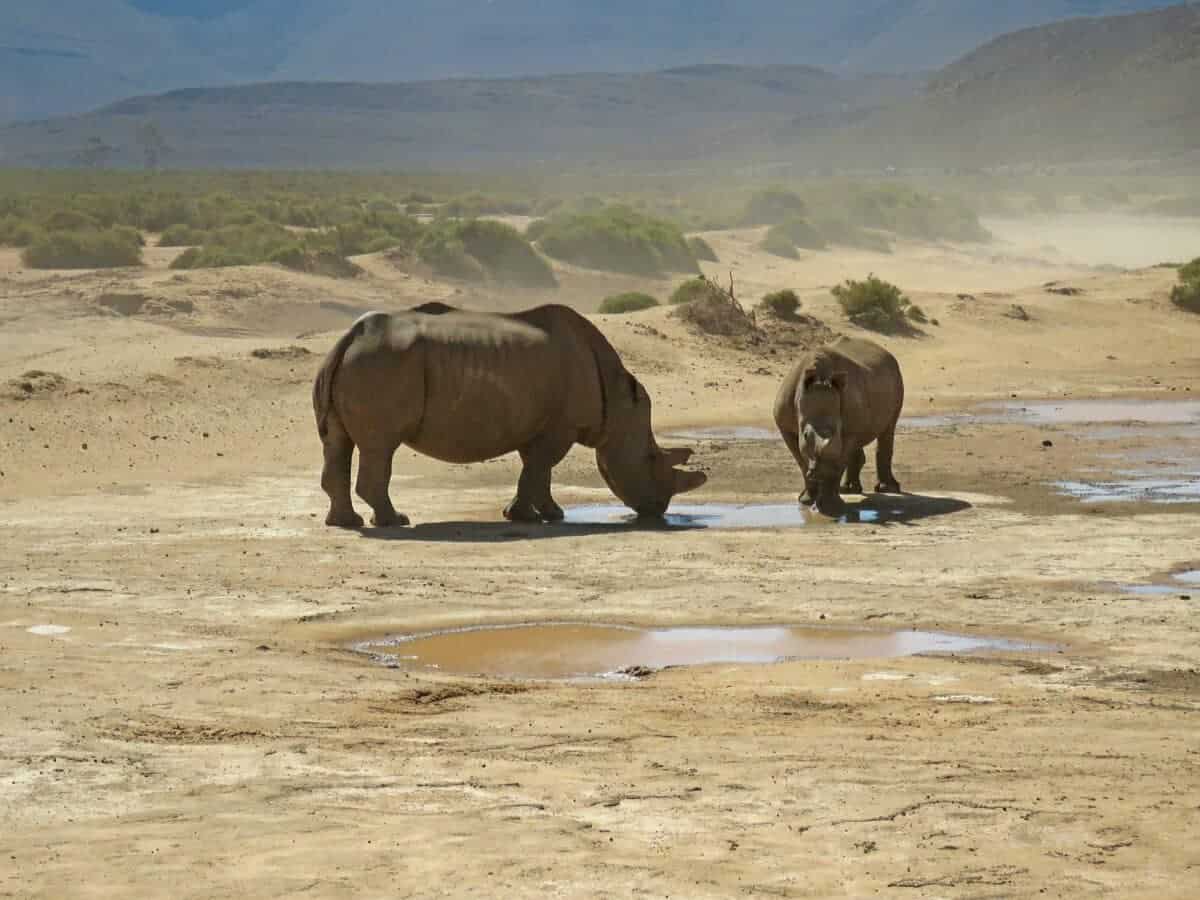
While bad news has become the norm surrounding these beautiful and resilient animals, conservation charity African Parks, who recently bought the world’s most extensive private assemblage of rhinos through the purchase of Platinum Rhino Farm at Klerksdorp, South Africa, is pushing to change that narrative.
What’s Next?
Within the next ten years, African Parks, a non-governmental organization focused on conservation, plans to farm and release all 2,000 rhinos residing in Platinum Rhino Farm in Malawi, Rwanda, the Democratic Republic of Congo, and other African countries; with the Savannah on their doorstep, each pose as optimal terrain for their long-awaited return into the wild.
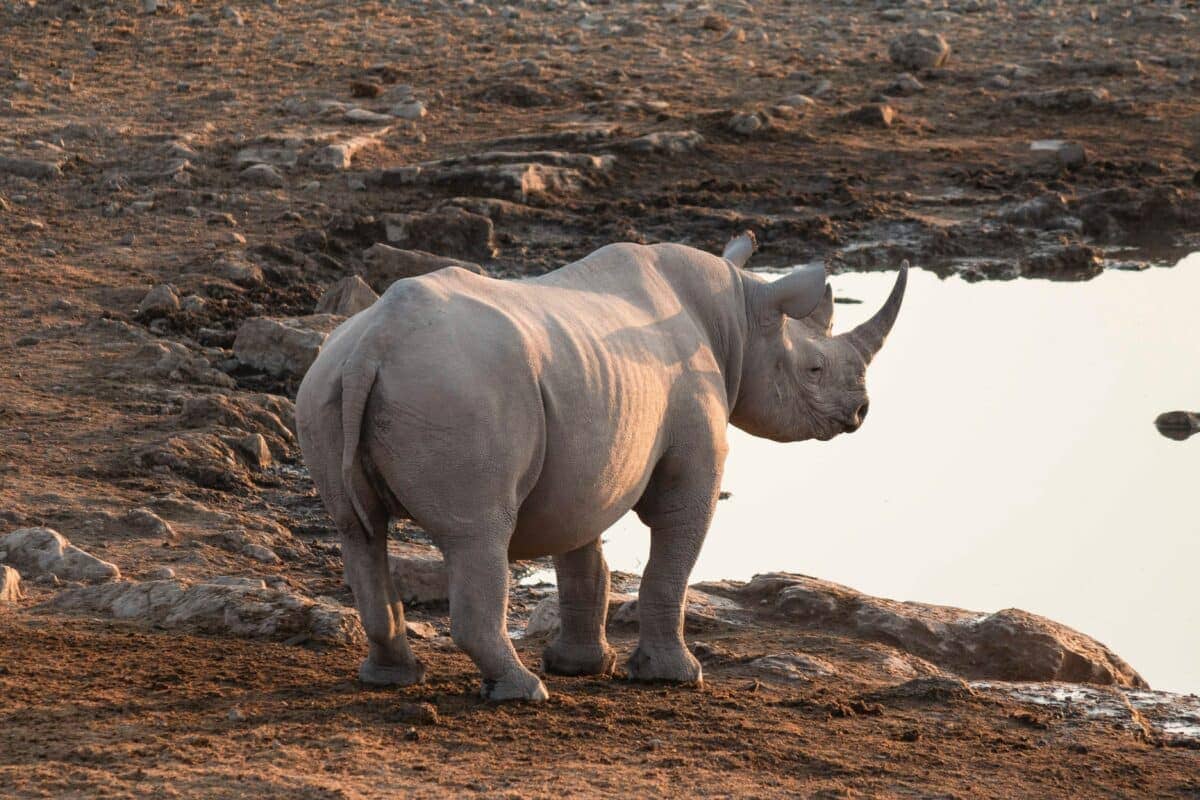
When abundant, rhinos can transform and rehabilitate ecosystems by creating and maintaining open grasslands, clearing paths through dense vegetation, and promoting healthy plant growth through seed dispersal.
So, what landscape are they focusing on rejuvenating? None other than the African Savannah, a terrain so vast that it covers around 5 million square kilometers, spilling over several African borders, including Tanzania, Kenya, Uganda, and Rwanda, as well as 36 other countries.
Can It Be Done?
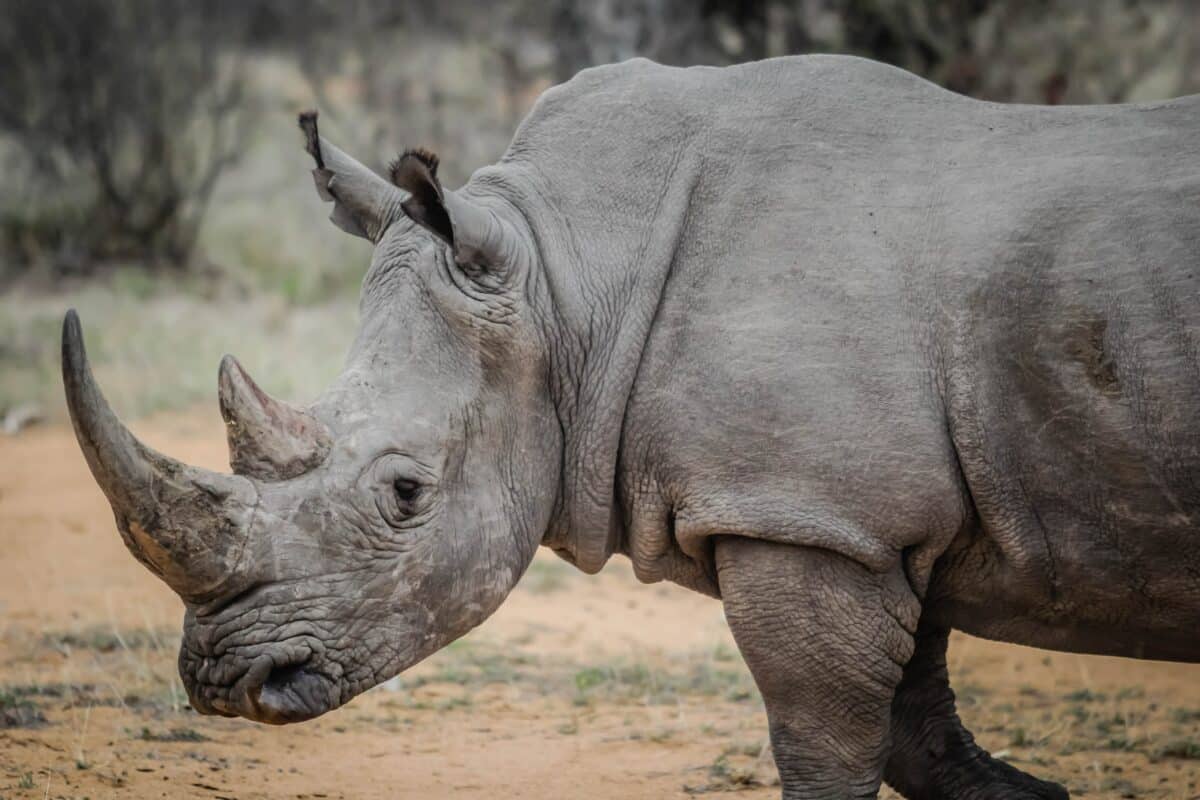
While many skeptics surround the release of captive rhinos into the wild, African Parks has been strengthening animal populations since 2000. But it can’t go without saying this will be no ordinary feat – thorough preparation is needed.
To manage the challenges of translocation and adaptation to the wild, both for the animals themselves and for the wildlife around them, they must undergo a toughening process. This involves learning to locate and forage for food within their new natural habitats. Furthermore, they must develop resilience to face the challenges posed by their unfamiliar environments, including potential threats like diseases, parasites, and predators.
Key Characteristics of Rhinos:
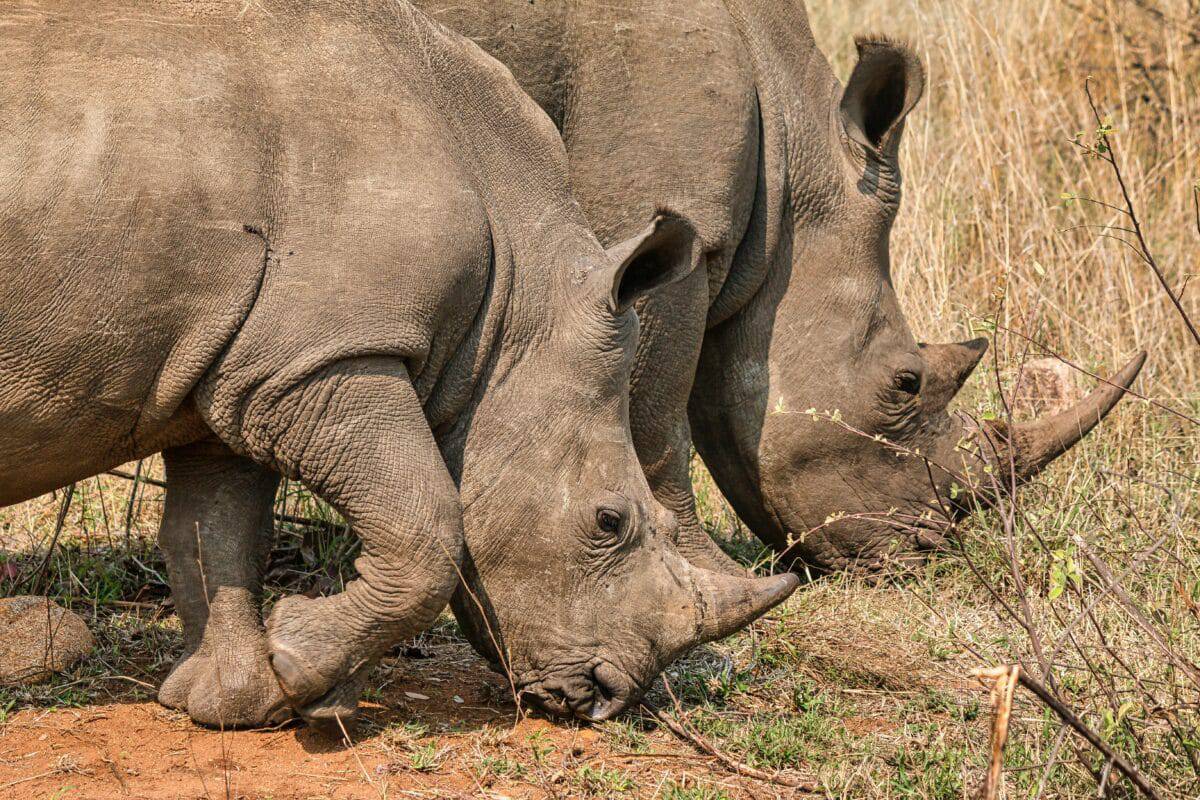
– Large Size: Rhinos are among the largest land mammals. They have massive bodies with thick, tough skin.
– Horn: Most rhinos have one or two horns on their snouts. These horns are made of keratin, the same substance as human hair and nails. Rhino horns are highly sought after, which has, unfortunately, made them a target for poaching.
– Herbivorous Diet: Rhinos are herbivores, primarily grazing on grasses, leaves, branches, and shrubs. Their diet can vary slightly depending on the species.
– Solitary or Social: Rhinos exhibit different social behaviors. White rhinos are often seen in small groups or are solitary, while black rhinos can be more solitary and aggressive.
– Thick Skin: Their skin is thick and appears armor-like. It has folds and creases, which help them to dissipate heat and keep cool.
– Territorial Behavior: Rhinos can be territorial and mark their territories with urine and dung piles. This behavior can help establish dominance and deter potential threats.
Join our Forum for free today!

- Second American Killed by Elephant in Zambia This Year - July 22, 2024
- Elderly Man Kills Grizzly Bear in Montana - July 22, 2024
- Missing Cat Found Weeks Later, 40 Miles Away - July 21, 2024

